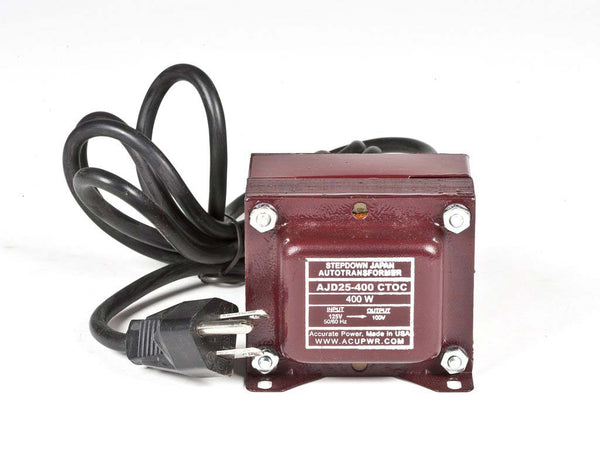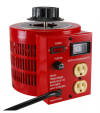4D_Coaxial_Cube
Member
- Joined
- Apr 28, 2021
- Messages
- 92
- Likes
- 32
On March 24th I got out my multi meter and got readings from 3 outlets as instructed from ACUPWR a producer of transformers out of Jew Jersey. I landed on a 300watt 124v to 100v transformer that they handcraft at their facility. Unfortunately when it arrived I realized that the draw of the amp is 350 watts and the transformer is only rated to output 300w, so I will have to send it back. I then measured the volts from a couple of outlets and realized that it was no longer reading 123v/124v like it had a week prior. My direct line has its own transformer and a couple of days after ordering the transformer it blew and when it did it sounded like a half stick of dynamite and upon going out to check on it from loss of power and the loud sound, I saw a puff of smoke blowing away from it. I suspect this is where the change in voltage is from because when the electric company technicians came out all that they did was put a long pole up in the air and attach it to something on the transformer and presto my power was back on. The smoke and sound really makes me think they should have done something else that required more labor and money. So, there could be a work around by getting 2 transformers. One that is designed to bring the voltage down from 124V to 115v, in my case it would go down from 128v/129v 119v/118v and then use another to go from 119v/118v to 104v/103. An ACUPWR rep told me that the amp can operate between 95v to 105v. I am going to contact my electric company on Monday and ask them to service the transformer as I have many valuable pieces of gear I do not want destroyed from over voltage. Is there anything I can get that would insure that my home gets the correct voltage? I would be willing to look into other options. What I would love would be a magic box that lets me control the voltage with a little screen indicating the voltage, but I doubt anything like that exists. Since my imaginary magic box idea probably doesnt exist, what else can I do?


